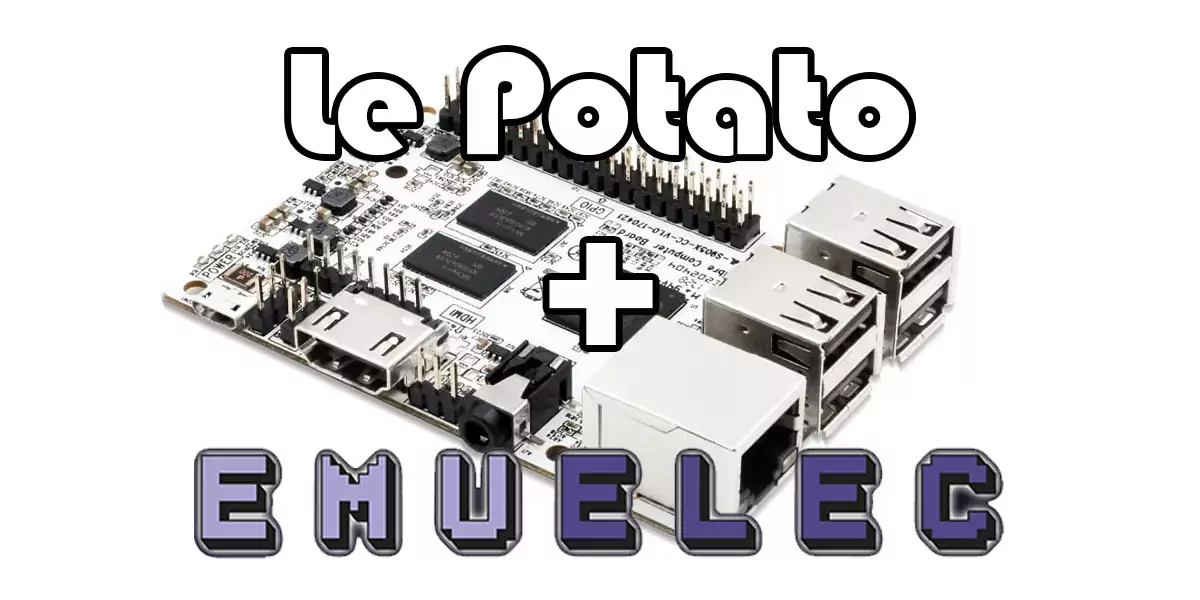
Are you wanting to play some retro games, but unsure of where to get an EmuELEC download file or how to prepare an EmuELEC SD card? Utilizing the affordable, yet powerful Le Potato board, you can be retro gaming in no time. Experience the nostalgic feeling of playing the games from your childhood on your modern TV, using a modern controller!
This is a full guide to get an EmuELEC download file, prep an EmuELEC SD card and start running EmuELEC on a Le Potato board in no time flat. Follow along with a complete parts list, required downloads list and step-by-step instructions. Retro gaming has never been easier, thanks to the performance of the Le Potato board and the ease of EmuELEC! Let’s get right to it.
Table of Contents
This post contains affiliate links, which means I may receive a small commission, at zero cost to you, if you make a purchase through a link.
Piracy & EmuELEC
Before we begin with this EmuELEC Le Potato project, I have to state that I do not endorse piracy. I will not be linking to or providing access to any pirated materials. This includes the actual game files themselves, and additionally includes music files, images or source code. For more information on creating your own roms from your own game cartridges, take a look here. For this guide, I have taken my actual copies of Donkey Kong Country 1 & 2 along with The Legend of Zelda – A List to the Past and dumped the roms for myself to use.
EmuELEC Le Potato Project
This EmuELEC Le Potato project is pretty easy to do. Follow along with this project guide and you should be set up in no time flat. The project consists of:
- EmuELEC Le Potato Project Parts
- EmuELEC Download Link + Other Software
- Setting up the EmuELEC SD Card
- Setting up a controller for EmuELEC
- Enabling and using WiFi
- Transferring Games to your EmuELEC Le Potato board
EmuELEC Le Potato Project Parts
- Required Parts:
- Le Potato board – make sure to get the 2GB memory model
- Le Potato Power Supply
- Micro SD Card – 256GB (you can get a smaller or larger micro SD card)
- Optional Parts:
- Le Potato Heatsink (optional but recommended)
- Linux-based USB WiFi Dongle (optional but required if you want to use WiFi)
- Standalone Le Potato Case (optional but recommended)
- Game Controller:
- I use an Xbox Series X Controller with a USB cable
- You could also use the 8BitDo Sn30 Pro Controller if you’re looking for a more retro-styled controller
EmuELEC Download + Other Software Downloads
- EmuELEC Download: EmuELEC Le Potato Image
- Towards the bottom of the page, you will find the Assets section which contains all the EmuELEC download links – find the one that ends with “-LePotato.img.gz“
- For example, for version 4.6, the correct image is titled “EmuELEC-Amlogic-ng.aarch64-4.6-LePotato.img.gz“
- A program to extract the image from the EmuELEC download – I use 7-Zip
- An image writing program – I am on Windows and I use Win32 Disk Imager
- An FTP client to send you files to your Le Potato – I prefer WinSCP for Windows OS
Step 1: Prepare the EmuELEC SD Card
Once you have acquired all the parts, gotten the EmuELEC download secured and have your SD card connected to your computer, you can begin prepping the EmuELEC SD card for use with the Le Potato. Begin by first extracting the .gz file to obtain the actual EmuELEC image file (.img). This is where 7-Zip comes in handy to quickly extract the file.
Now flash this image file to your SD card. For Windows users, Win32 Disk Imager is top notch. Just make sure the correct drive letter is selected and then point the program to your EmuELEC image file. Then it is as simple as clicking Write and waiting a few minutes. Once it is complete, your EmuELEC SD card is ready to be inserted into your Le Potato board!
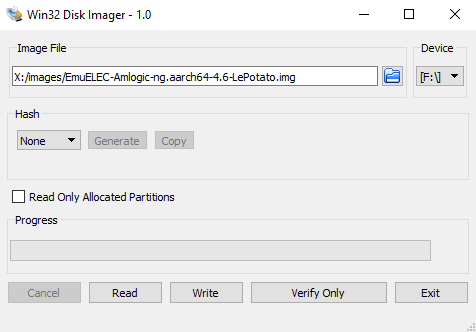
Step 2: Launch EmuELEC and Configure a Controller
Once you have your EmuELEC SD card flashed and ready to go, insert it into the Le Potato. Connect the Le Potato to a TV or monitor using an HDMI cable and power it up. If you are planning to use WiFi, you can also insert the WiFi adapter into the Le Potato now as well. It will take a few minutes on the first boot. Once it has finished the initialization, you will be presented with the main screen.
If you are planning to use a USB controller (wired or wireless with a USB receiver), plug that in now. Then hold down any button for a few seconds and you will be met with the controller input configuration screen. Go ahead and configure all the inputs. This also works for a USB keyboard as well. Just plug the keyboard in and hold down a key for a few seconds for the input configuration screen to pop up.
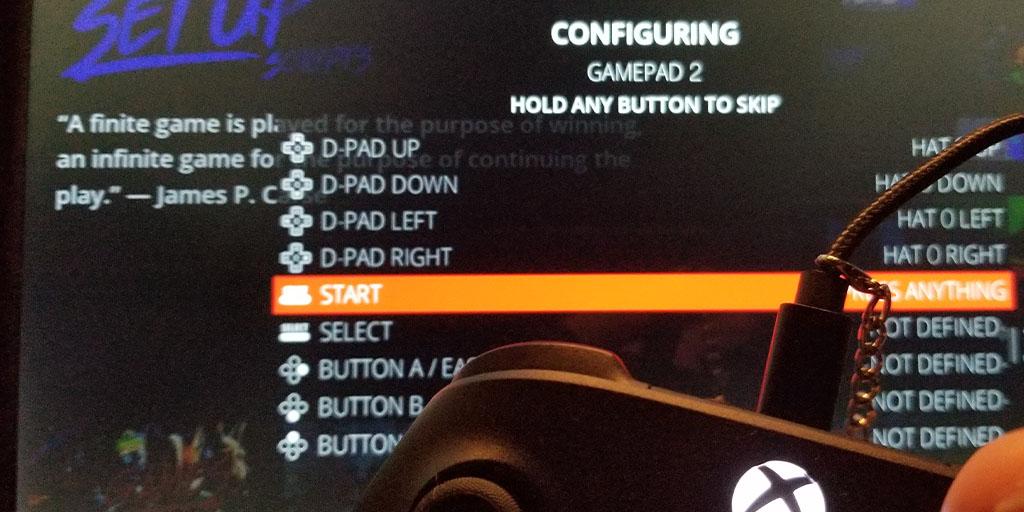
Once you have your gamepad configured, you will want to make that the default controller for player 1. Press whatever button you configured as the start button on your controller to bring up the main menu. From there navigate down to the Controller and Bluetooth Settings option. Then scroll down to the P1’S Controller option and cycle through the choices until your configured controller is listed. This will default player 1 to this controller moving forward.
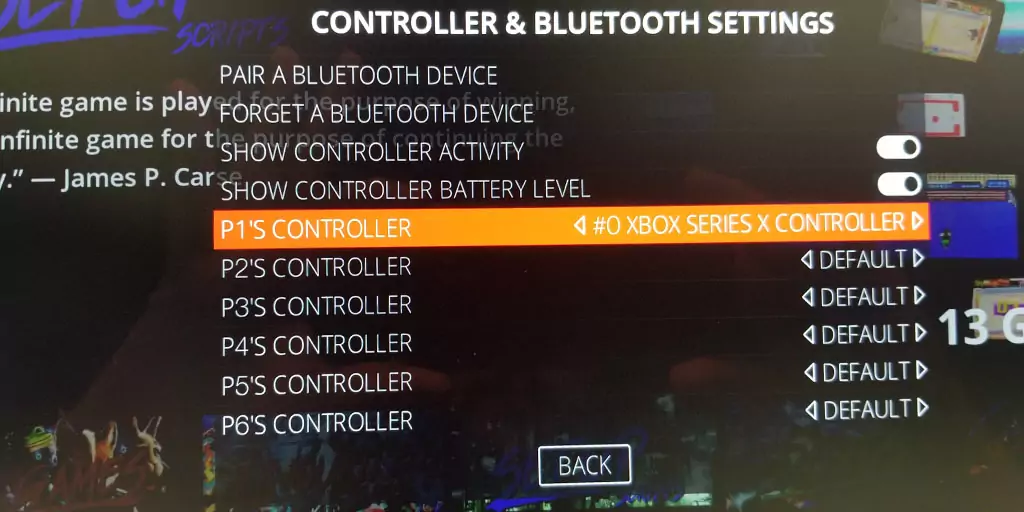
Step 3: Setting Up WiFi on your EmuELEC Le Potato
If you are planning to use an Ethernet connection, plug it in and make note of your EumELEC Le Potato’s IP address and go ahead and skip down to step 4.
If you are wanting to use WiFi on your EmuELEC Le Potato, go ahead and plug in your WiFi adapter into your Le Potato if you have not done so already. Next, press start on your controller to bring up the main menu. Navigate down to the Network Settings. From there, you want to make sure Enable WiFi is toggled on. Then you can go ahead and enter your network’s name and password in the WiFi SSID and WiFi Key fields, respectively. If you have an Ethernet cable plugged in to your Le Potato, go ahead and remove it now.
Back out of the Network Settings and wait 15 seconds. Then head back in and you should now be connected to your WiFi network. Make note of your EmuELEC Le Potato’s IP address. We will be needing it for the next section which will be adding games via an FTP connection.
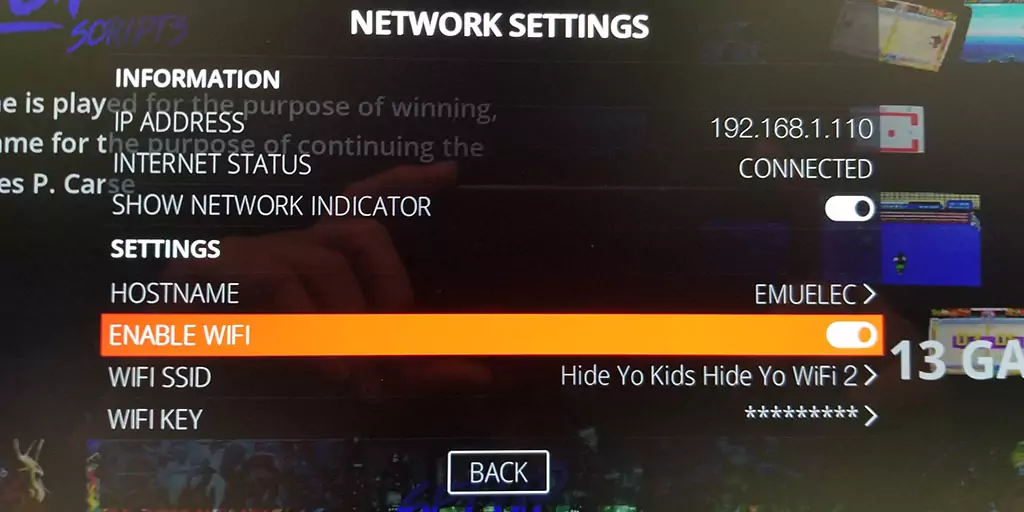
Step 4: Transfer Games to your EmuELEC Le Potato Via FTP
Now that you have your EmuELEC Le Potato board set up, the next step is to add games to you console. In my opinion, the easiest and fastest way is to do this via FTP. This is where WinSCP comes in handy as it is my personal go to FTP client. Regardless, open up your FTP client of choice and add your Le Potato’s IP address into the address field. You will need to also authenticate as well. For the username, enter root and for the password, enter emuelec. Once you have this information entered in, go ahead and click Login.
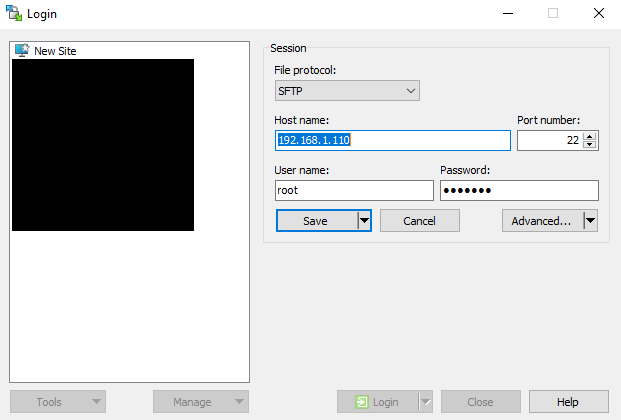
After logging in, you should see the file structure for the EmuELEC install. To add games, navigate to /storage/roms/<system_folder>. In my case, I dumped my Donkey Kong Country 1 & 2 games along with my copy of The Legend of Zelda – A Link to the Past, so I want to add these games to the /storage/roms/snes folder. Simply drag and drop the files from your computer to the EmuELEC file system. Depending on how many files you are transferring, it could take a bit of time. Since I only added 3 files, it took about 5 seconds to complete.

If you’d like, you can zip your rom files to save on space. In the screenshot above, you can see both zipped and unzipped roms, for example.
For naming the files, follow the same naming pattern as shown in the image above. The naming patter is FULL-GAME-TITLE (COUNTRY-OF-ORIGIN).FILE-EXTENSION. So for DKC2, the file name would be Donkey Kong Country 2 – Diddy’s Kong Quest (USA).zip since my copy is from the United States. Make special note of the Zelda filename, for example. Usually if the game’s title starts with an article such as ‘the’, ‘a’, ‘an’, etc., you will append the the articles at the end of the main title with a comma. Once the FTP is complete, you can close out of WinSCP (or whatever FTP client you’re using) and then head back to the Le Potato for one last step.
Final Step: Scanning & Scraping Your Games
Now that we have our games added to EmuELEC, we want to make everything pretty! Open up the Main Menu and navigate to Game Settings and then select Update Gamelists. Doing this will scan your roms folder for any new files and add them to EmuELEC so you can actually start the game.
Once the scan is completed, open the Main Menu again and this time, head to Scraper. Go down to the Scrape From and cycle through the options until you find Screenscraper. Go down and hit the Scrape Now button.
Lastly, repeat the process to update the gamelists again. This will apply the images and artwork to your games. And with that, we’re finished. Now you are ready to start gaming!

Wrapping Up the EmuELEC Le Potato Project
Once you have finished transfer your game files to your EmuELEC SD card, you can sit back and enjoy some retro gaming! By default, EmuELEC comes with EmulationStation as the front end. If you prefer, or are more familiar with RetroArch, you can change this option to use the RetroArch front end instead from the main menu. Overall, this is a pretty easy project to complete and will give you a small and powerful gaming console to fulfill your retro gaming needs.
Please let me know if you have any trouble or have questions. I will be more than happy to assist in any way possible. Let me know in the comments, what is your preferred controller for playing retro games? As you can tell from this full EmuELEC Le Potato project guide, I prefer to use an Xbox Series X controller due to they way it fits in my hands and the button layout is familiar to me. I hope this has helped and that you enjoy gaming on your new retro gaming console!
You May Also Enjoy

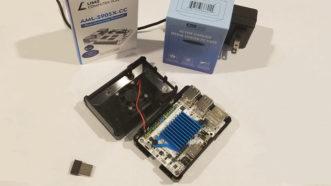
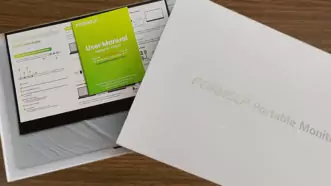
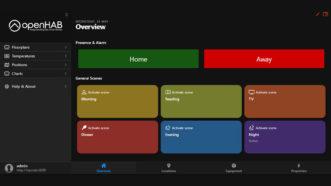


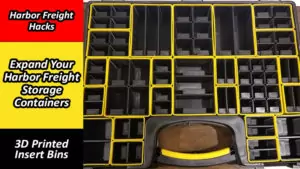
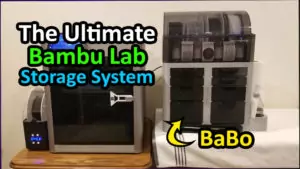


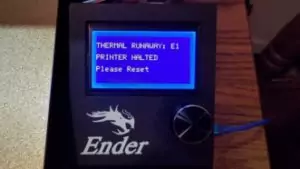

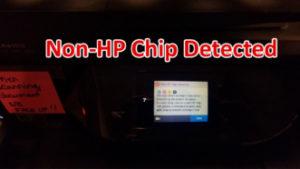
Leave a Reply